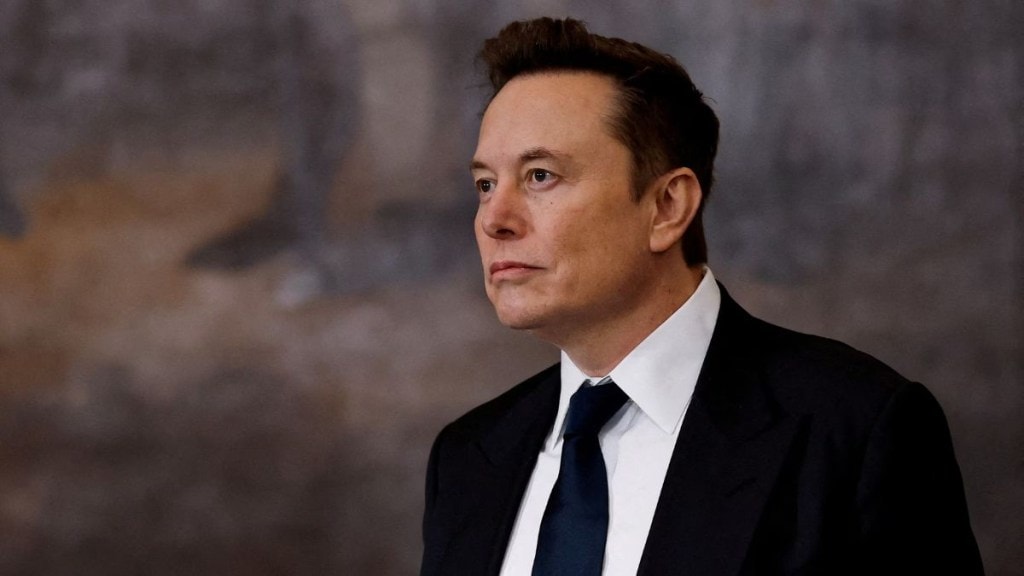The Department of Government Efficiency (DOGE), a controversial office launched by President Donald Trump earlier this year, has quietly disbanded with eight months left on its official mandate, Reuters reported. The move ends a plan that tried to reduce the size of the government, but, according to critics, did not save much money.
Trump’s Department of Government Efficiency quietly disbands
Scott Kupor, director of the Office of Personnel Management (OPM), told Reuters, “That doesn’t exist,” when asked about DOGE’s status. He added that the agency is no longer a “centralised entity.” Many of DOGE’s functions have now been absorbed by OPM, which oversees federal workforce management, according to Reuters.
DOGE was created in January of Trump’s second term, and it was initially led by Elon Musk. The office made headlines for attempting to cut federal agency budgets, redirect work to Trump priorities, and fire federal employees. Musk became famous for calling DOGE “the chainsaw for bureaucracy” and even brandishing a chainsaw at a public event to symbolise the office’s mission. While DOGE claimed to have saved tens of billions of dollars, experts failed to verify these figures due to a lack of public accounting.
However, while on paper it has ended, the administration is still trying to cut government rules. The White House budget office has asked Scott Langmack, who worked for DOGE at the Housing and Urban Development Department, to use AI tools to review US regulations and figure out which ones can be removed, his LinkedIn profile says.
DOGE staff move on
As DOGE slowly faded away, several staff members moved to new roles within the federal government. Joe Gebbia, co-founder of Airbnb, now leads the National Design Studio. Zachary Terrell, formerly part of DOGE’s health systems team, is now chief technology officer at the Department of Health and Human Services, while Rachel Riley oversees the Office of Naval Research. Jeremy Lewin, who had helped with cuts at USAID, now manages foreign assistance at the State Department. Kupor highlighted that 317,000 federal employees left the government this year, while 68,000 were hired.
The Tesla CEO’s 130-day contract ended on May 30, and his departure was followed by many senior DOGE staffers leaving as well.
Another hallmark of DOGE, the government-wide hiring freeze, has ended. Kupor added that there are no longer targets for staff reductions, and the focus is now on “great service delivery with maximum efficiency.”
The Trump administration had continued to reference DOGE publicly, even after Musk’s departure. Acting DOGE Administrator Amy Gleason, formerly focused on healthcare technology, now advises Health and Human Services Secretary Robert Kennedy.
Musk had also spoken of reducing regulations and introducing AI to improve government efficiency. Some former DOGE employees continue to work on these initiatives. A White House spokesperson, Liz Huston, told Reuters, “President Trump was given a clear mandate to reduce waste, fraud, and abuse across the federal government, and he continues to actively deliver on that commitment.”

